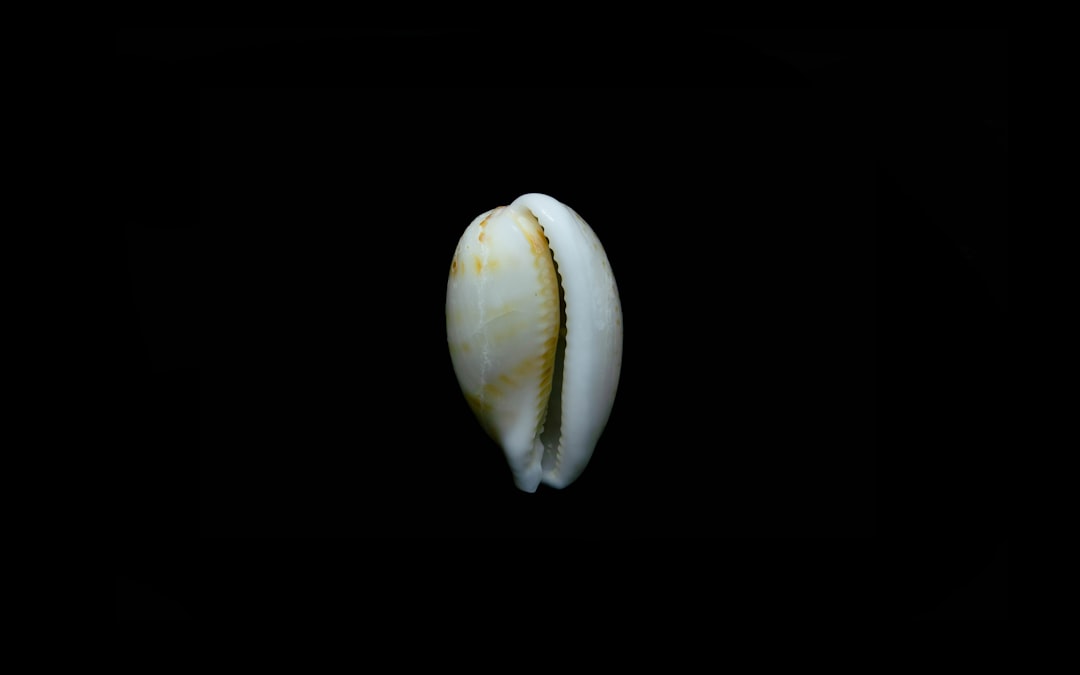What is it about?
I suggest two main ways of interpreting Reid's analysis of the perception of the quality of hardness: (1) Reid endorses two distinct concepts of hardness. The distinction between the two lies in a profoundly different relation between the sensation of hardness and the concept of hardness in each of them. The first concept, which I term as a "sensation-laden concept", is "the quality that arises in us the sensation of hardness." The second concept, which I call a "non-sensational concept", is "the cohesion of the parts of the body with more or less force." (2) Reid is thinking like a developmental psychologist and postulates what I consider a a gradual development from one concept to the other according to which the initial sensation-laden concept of hardness, which we from during our early childhood, gradually develops into a mature non-sensational concept of hardness.
Featured Image
Why is it important?
The discussion in the paper is related to Reid's theory of perception, Reid's theory of learning and Reid's primary/secondary quality distinction.
Read the Original
This page is a summary of: Reid, Hardness and Developmental Psychology, Journal of Scottish Philosophy, September 2014, Edinburgh University Press,
DOI: 10.3366/jsp.2014.0068.
You can read the full text:
Contributors
The following have contributed to this page










